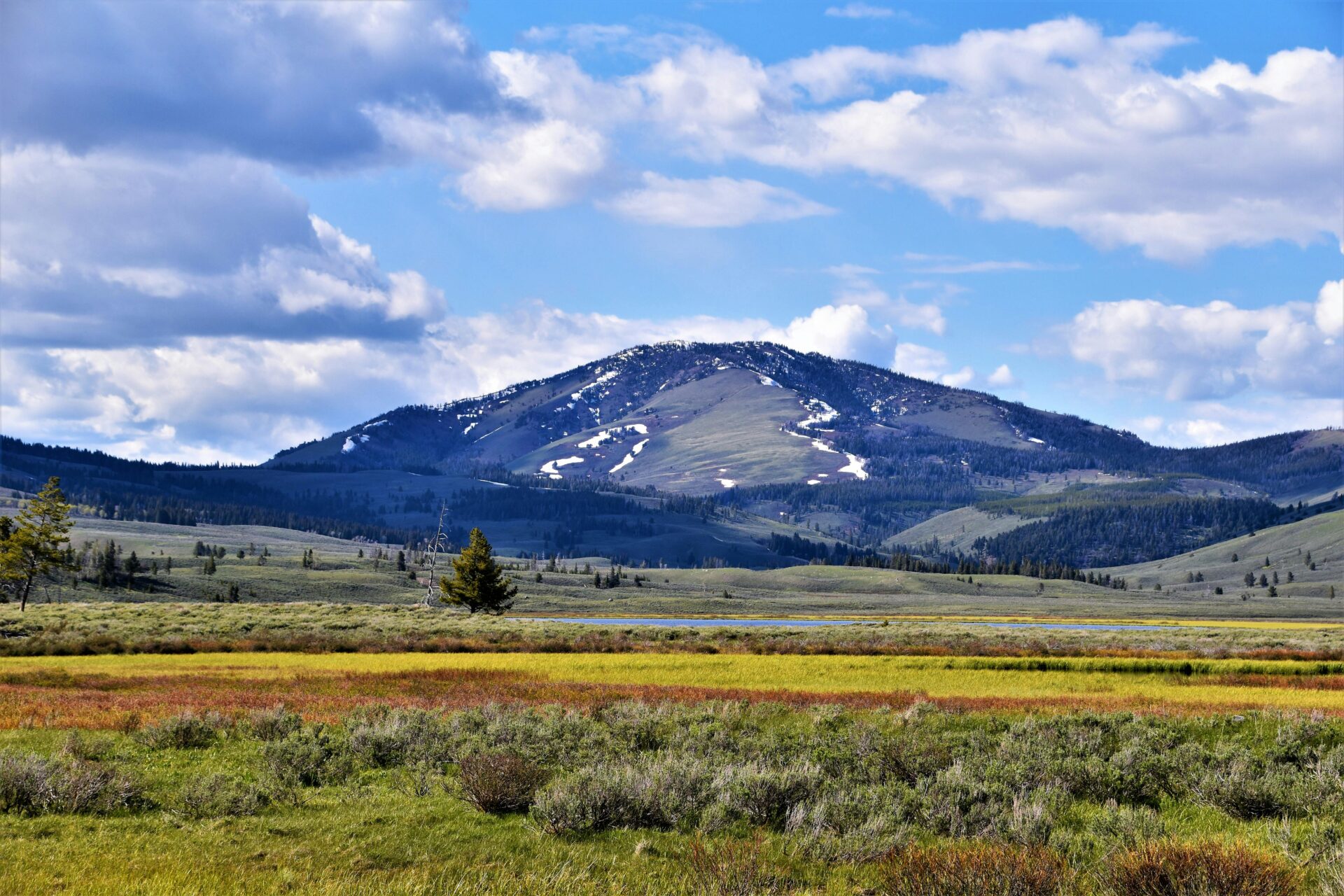By: Jim Robertson
Unless a severe blow to the head or some psychopathic disorder has rendered them incapable of feeling empathy for others, anyone who witnesses the harrowing ordeal suffered by an animal caught in a leg hold trap should be appalled and outraged that trapping is still legal in a society that considers itself civilized. The continuation of this horrid, outdated practice in a country governed by the people suggests that either most folks have brain damage, or they are simply unaware of the terrible anguish and desperation a trapped animal goes through.
They must never have heard the cries of shock and pain when an animal first feels the steel jaws of a trap lock down onto his leg. They must never have looked into the weary eyes of a helpless victim who has been caught in a trap for days and nights on end. They must never have come across a leg that an animal had chewed off in order to escape a deadly fate, nor stopped to think how tormented and hopeless one must be to decide to take that desperate action. And they must never have seen an animal struggling through her life on three legs.
I have had several heart-wrenching experiences with the gruesome evils of trapping. On a walk near our home in Eastern Washington, my dog, Tucker, stepped into a steel-jawed, leg-hold trap that clamped down onto his front paw, prying his toes apart. He cried out in terror and frantically tried to shake it off, biting at the trap, at his paw, and at me as I fought to open the jaws of the trap. It continued to cut deeper into his tender flesh and my efforts caused him even more pain, but after many tortuous minutes, I was finally able to loosen the cruel device enough for him to pull free.
Another dog I freed was caught in two leg-hold traps. One was latched onto her front leg, while the second gripped her hind leg, forcing her to remain standing for countless, interminably long hours. Judging by how fatigued and dehydrated she was, she had been trapped there for several days. The sinister traps caused so much damage that a vet had to amputate one of her injured legs.
With no other hope of escape and feeling vulnerable to anyone that comes along, many trapped animals resort to amputating their own leg. Trappers callously try to downplay this grim act of despair by giving it the innocuous knick-name, “wring off.” But if they do not bleed to death or die from infection, these animals spend the rest of their lives crippled and possibly unable to keep up with a demanding life in the wild.
Unlike the fictional character “Little Big Man,” who was distraught to the brink of suicide when he found that an animal had chewed off it’s leg to escape one of his traps, most trappers who find a “wring-off” are indifferent to the suffering they caused as they discard the chewed-off limb and mindlessly reset their trap.
While we were camped near Bowron Lakes Provincial Park in B.C., Canada early last April, my dog found just such a discarded limb–the front leg of a lynx. In the ultimate betrayal of trust, animals protected in parks are fair game for trapping on the lands immediately outside park boundaries. Trappers consider those lands adjoining parks to be the most “productive,” and will pay tens of thousands of dollars for trap-lines in these areas. I have seen three-legged coyotes near the North Cascades National Park, and within the Grand Tetons National Park. Though it is considered a crime to trap inside those parks, it is perfectly legal to set traps right outside the boundaries of these meager protected lands.
Sidestepping the indisputable cruelty issue, pro-trapping factions try to perpetuate the myth that trapping is “sustainable.” But time and again entire populations of “furbearers” are completely trapped out of an area. The winter after I found wolf tracks in Katmai National Monument on the Alaska Peninsula, all seven members of the pack of wolves who had found a niche in and around that park were killed by trappers. Though they are extinct or endangered in most of the U.S., 1,500 wolves are legally trapped in Alaska each year.
Leg-hold traps are now banned in 88 countries, and some enlightened states have passed voter-approved initiatives to outlaw trapping. But in many U.S. states, as in Canada, the twisted tradition is not only legal, it’s practically enshrined. Compassionate people everywhere must add their voice to the rising call to end this barbarity once and for all.

